I went to a matai council meeting in the village this week. The social structure of Samoa is based on the matai system which has been the way of life here for centuries. The matai system is intertwined with the basic unit of Samoan society, the ‘aiga, or family. The family in Samoa is a very comprehensive term, including the nuclear family; members of the (very) extended family, and their spouses and children; and persons “adopted” into the family. The matai heads the ‘aiga.
Families form the village community. A village is largely a self-governing unit controlled by the village council composed of the matai. There is also a village mayor but his role is primarily as a liaison to the national government. The matai council makes all the decisions and set the rules for the village. For example, some of the rules in my village include no beer drinking in the village, no facial hair for men, and use of only traditional fishing methods.
Matai are divided into orators (talking chiefs) and chiefs. It is the duty of the orators to understand local history and tradition and to be able to use a special variation of the Samoan language only used on formal occasions. Maybe some other time I’ll write more about the history and traditions.
The chiefs are given positions of respect and participate along with the orators in decision making and village politics. Depending upon their status, they may sway the decisions made by the village council in one direction or another. Each village usually has one or two “high chiefs” whose rank exceeds that of the other matai.
Apart from obligations to the village, the most important duty of every matai is to look after the family (which may be dozens of people). The matai controls the family land and allocates its use. Family members serve the matai by cooking food and cultivating crops. In turn, they receive food, lodging, and money as needed. Family members living away from the matai (even in other countries) may be called upon to make contributions of food or money for church or family functions.
Although the matai system may resemble a feudal baron who gave serfs protection in return for the services, the system differs in one important respect. Family members have a strong say in who becomes the matai. Usually direct heirs are the first to be considered, but they are not always successful. Samoan’s have a saying, “O le ala i le pule o le tautua.” – “Service is the way to power.” Frequently one who has served the matai faithfully succeeds him. Discussions regarding matai titles are made on a consensual basis and sometimes difficult to reach. Occasionally a woman may be made a matai, but usually they are men.
Not all matai live up to the standards set by the system. Members of the family can express dissatisfaction and seek removal of the title, but this is rare. Like positions of leadership worldwide, some are active leaders, some are active followers, and some are along just for the ride.
So here’s what a matai council meeting looks like. The matai are seated cross-legged) on the floor of an open fale, a large one, maybe 40 or 50 feel long, which is the one designated for village council meetings. An “open fale” is a raised (two or three feet high) concrete foundation with posts from floor to ceiling averaging about ten inches in diameter and spaced about four feet apart. The sloping roof is galvanized metal nowadays, often painted a rusty red color, but was coconut frond thatch in the past. There is an overhang of a few feet all around.
The early birds get a post, but there are also designated seating arrangements. The high chief(s) sit at the end, and the highest orators are seated on one of the long sides. The rest of the matai are seated along the other side.
At the beginning of each meeting there is an ava ceremony. Some of you have heard of ava, or kava, as it’s called some places in the Pacific. Samoan ava is notoriously weak, so if you’ve experienced it elsewhere, it may have had more of a “punch” than Samoan ava. Ava is a drink made from the dried and pulverized root of a plant (piper methysticum). I hadn’t tasted it before I came to Samoa, although I had seen it in Hawaii. It tastes and looks kind of like dishwater. Not that I’ve made a practice of drinking dishwater, but I think have a general idea of what that tastes like! There is a specialized ritual which can be longer or shorter depending upon the occasion. For a matai meeting, there are three untitled young men (usually in their 20’s or 30’s) who sit on a fala mat, with one of the matai. They sit a few feet in front of the long row of matai whose backs are to the posts. The ava is in a wooden bowl that stands on little carved legs all around the edges of the bowl. One of the young men sits behind the bowl. Another serves the ava in half of a coconut shell. The third young man calls out the ceremonial ritual, directing the service of the ava in the appropriate order according to rank. I am served after the high chief (whom I also sit beside at the end of the fale).
When given the cup of ava, the proper procedure is to pour out a drop or two on the mat beside you while saying, “Lau ava lea le Atua.” – “God, here is your ava.” Then you say, “Soifua!” or “Manuia!” – which basically means “Good health to you!” Then you drink it and give the cup back to the server. You take only one drink. If you don’t finish it all in one drink, you toss the remainder in the cup out of the fale over your shoulder.
So besides the taste, what is ava like? I have only had these small sips (at five ceremonies since I’ve been here), but I’m told that if you drink a lot of it your tongue and lips will get sort of numb (it is part of the pepper family) and that it is a general relaxant. It’s not intoxicating like alcohol.
After the ava ceremony the chief orator begins the meeting with the appropriate honorifics and traditional language, always including thanks to God. And then they commence with the business of the day. Decisions are made by consensus and every opinion is heard and discussed. A simple majority is not used to make a decision. Whoever wishes to speak on a subject may do so (often at great length) and without interruption.
Subscribe to:
Post Comments (Atom)





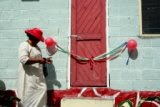
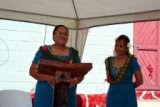

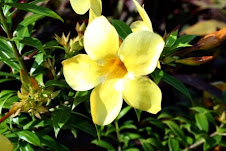
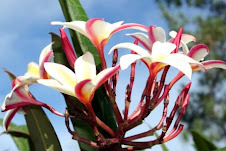


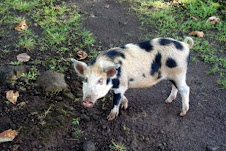

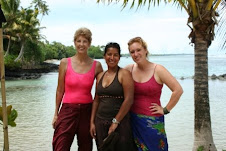

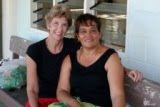

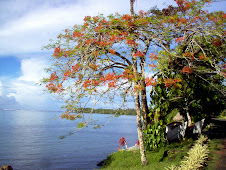
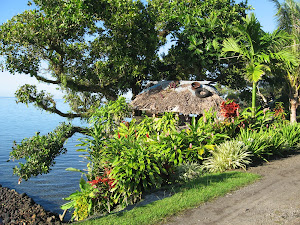
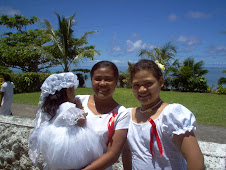
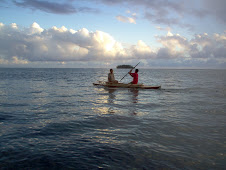

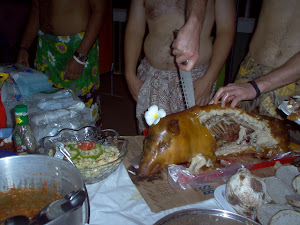
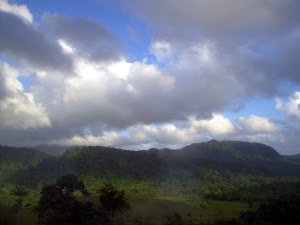
.jpg)
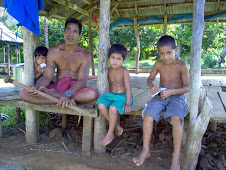



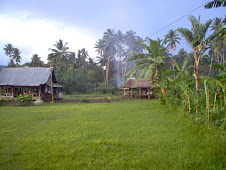




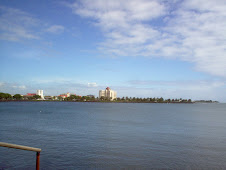

No comments:
Post a Comment